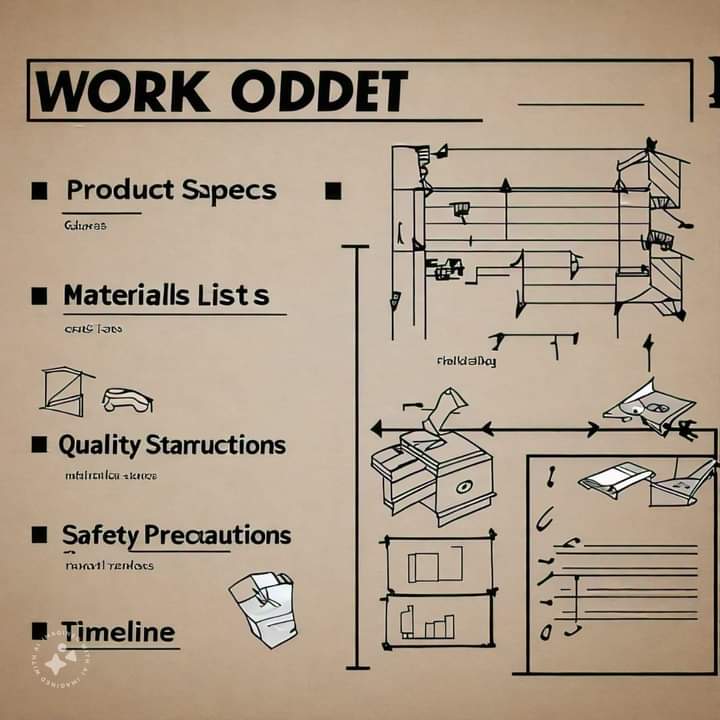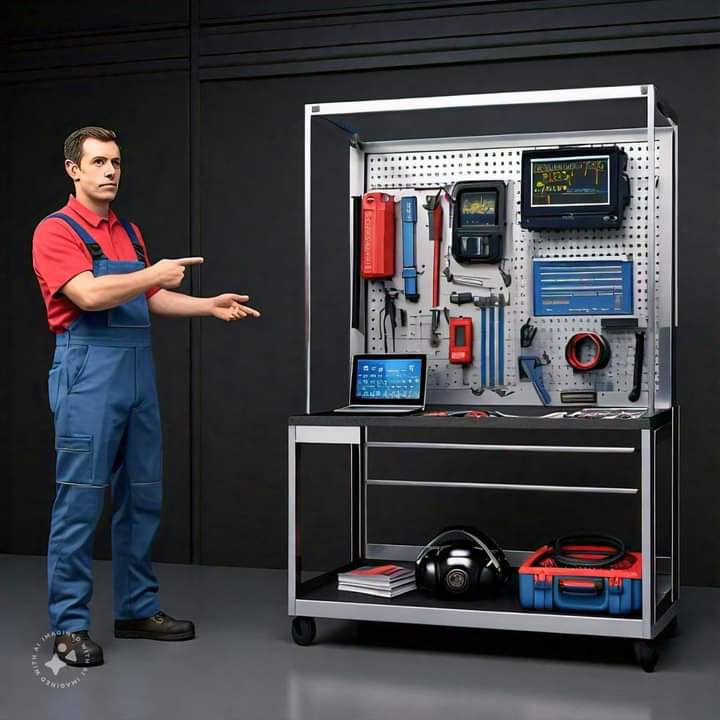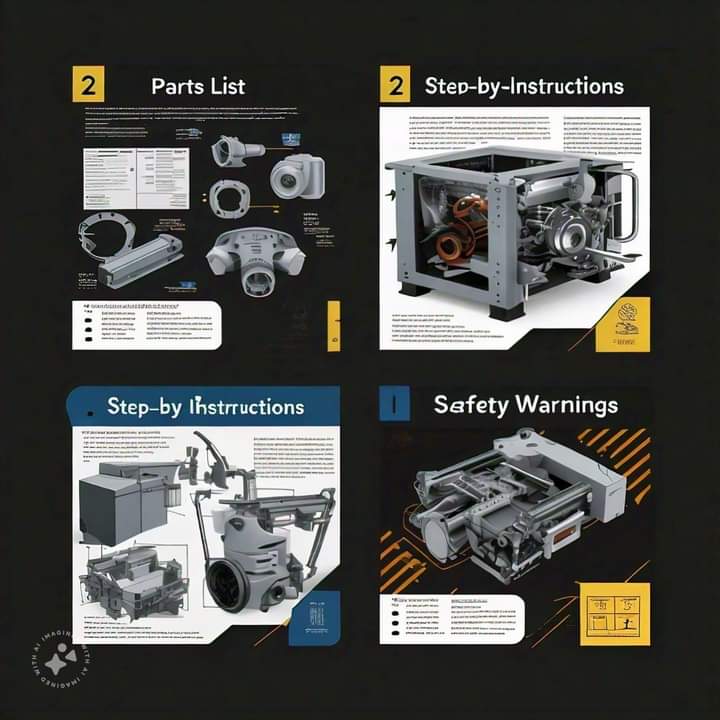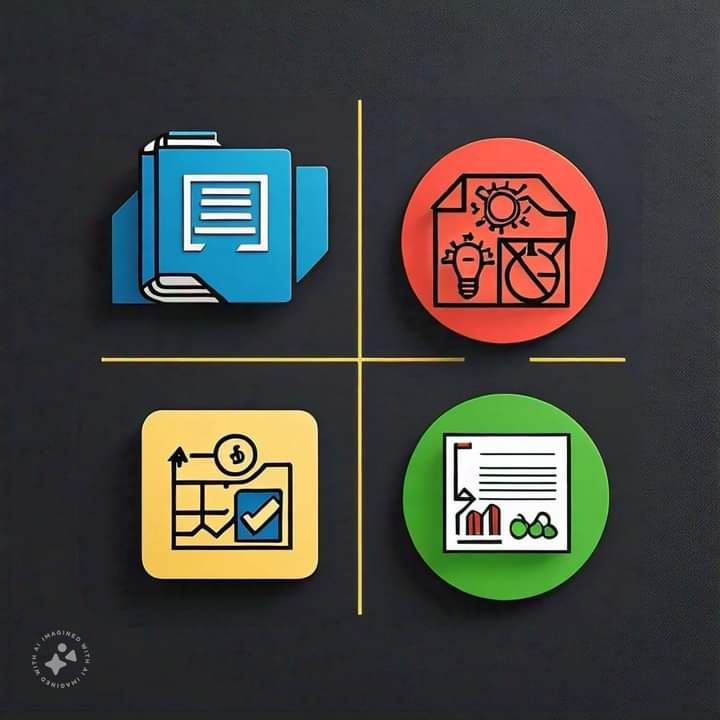Reading technical information for maintenance or repairs involves understanding and interpreting documents, manuals, diagrams, and specifications required to troubleshoot, maintain, or fix machinery, equipment, or systems. This ability is essential in fields such as engineering, automotive repair, manufacturing, electronics, and information technology.

Types of Technical Information
User Manuals
These documents guide end-users on operating equipment and conducting basic maintenance. They typically include product specifications, usage instructions, and safety guidelines.
Service Manuals
Service manuals provide in-depth information needed for maintenance and repair, including assembly/disassembly steps, part identification, diagnostic procedures, and technical specifications.
Technical Diagrams and Schematics
These visual aids show how parts and systems are structured, connected, and function. For example, electrical schematics illustrate circuits, while exploded-view diagrams show the arrangement of parts in equipment.
Diagnostic and Troubleshooting Guides
Diagnostic guides outline specific issues, symptoms, and methods for identifying and resolving problems. Troubleshooting charts often provide step-by-step instructions or decision trees for solving issues.
Standard Operating Procedures (SOPs)
SOPs are standardized, step-by-step instructions on how to perform routine tasks safely and efficiently, often used in industrial settings and quality control processes.
Technical Bulletins and Updates
Manufacturers issue technical bulletins to inform technicians of updates, known issues, or changes in recommended maintenance procedures. These can be especially important for vehicles, software, or complex machinery.

Tools for Reading Technical Information
Diagnostic Software and Devices
Used to interface with computerized systems, such as OBD-II scanners in automotive diagnostics or proprietary software tools in IT, diagnostic devices help technicians quickly access real-time data and error codes.
Reference Handbooks and Databases
Online and physical reference materials provide background knowledge, specifications, and best practices across various fields. Examples include the Machinery’s Handbook or online databases like Alldata for automotive repair.
Multimeters and Oscilloscopes
In electrical and electronic maintenance, tools like multimeters and oscilloscopes are used to verify and interpret readings from schematics, voltage levels, and circuit continuity.
Augmented Reality (AR) Applications
AR technology overlays technical information onto real-world equipment through tablets or headsets. This approach is gaining traction for complex tasks, particularly in manufacturing and aerospace.
Language Translation Tools
Many technical documents are written in different languages, so translation software or multilingual references may be required to access this information accurately.

Composition of Technical Information
Part Lists and Specifications
Detailed lists that include component numbers, sizes, and materials are essential for identifying and ordering correct parts for repairs.
Step-by-Step Instructions
Procedures broken down into individual steps guide the reader through each stage of maintenance or repair. These often include tools needed, torque specifications, and safety warnings.
Visual Aids
Diagrams, photos, and color-coded illustrations support the instructions and help readers accurately interpret complex systems.
Safety Warnings and Precautions
Sections on safety highlight potential hazards and advise precautions for avoiding injuries or damaging equipment. Examples include electrical warnings, high-temperature alerts, and protective gear requirements.
Troubleshooting Charts and Flowcharts
Visual decision trees and charts help technicians identify potential issues quickly by following logical steps based on observed symptoms.

Applications of Reading Technical Information
Automotive Maintenance and Repair
Mechanics use service manuals, OBD-II scanner data, and technical bulletins to perform repairs, diagnostic checks, and part replacements on vehicles.
IT and Networking
Technicians refer to technical documentation, configuration guides, and diagnostics tools for troubleshooting network equipment, installing updates, or ensuring cybersecurity.
Industrial Equipment Maintenance
Engineers and maintenance workers in manufacturing use user manuals, SOPs, and schematics to maintain machinery, optimize performance, and address technical issues.
Aerospace and Aviation
In aviation, technicians adhere to highly specific technical information, such as maintenance manuals, safety guidelines, and engineering updates, to maintain aircraft and ensure compliance with regulatory standards.
Electronics Repair
Electronics repair technicians use schematics, diagnostic tools, and troubleshooting guides to fix and maintain devices like computers, televisions, and mobile devices.

Developing Proficiency in Reading Technical Information
To build thaaais skill, it’s helpful to:
- Familiarize oneself with common terminology and symbols.
- Practice interpreting diagrams and schematics regularly.
- Gain experience with industry-specific diagnostic tools.
- Follow structured manuals and SOPs in real-world scenarios.
- Reading and interpreting technical information accurately is vital for ensuring safe, efficient, and effective repairs and maintenance across multiple fields.

